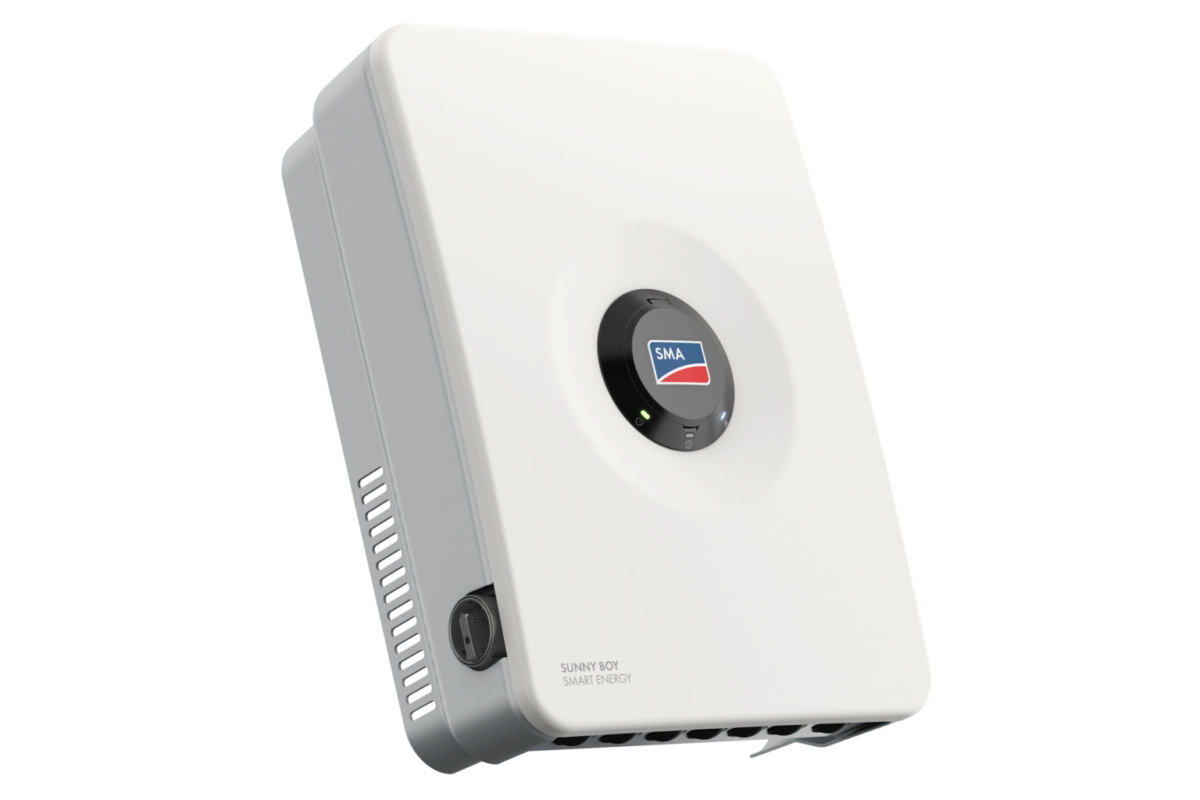At an event at the British embassy in Tokyo, U.K.-based smart battery company Moixa announced the roll-out of its Gridshare artificial intelligence platform in Japan.
In a joint announcement with Itochu Corp., a Japanese trading house, and Trende a venture of Tepco providing smart tariffs directed at storage owners, the companies revealed that the system will be used to manage 3,500 home batteries in Japan. As such, Moixa and Itochu manage what they say is the largest battery cluster in the world, with a capacity of 35 MWh.
According to the announcement, the Gridshare platform runs as a standard on Itochu’s Smart Start home energy storage systems. In working together with Itochu, Moixa is tapping into a market of considerable size. Itochu is said to sell 800 10 kWh systems a month. By that growth margin, Moixa says it could be aggregating nearly 100 MWh of flexible capacity within a year.
Market in movement
Moixa goes on to say that Japan is a prime market to apply the Gridshare technology. By 2016, it had installed 11 GW worth of residential solar systems and 125,000 energy storage systems, the companies report. Additionally, the country is said to comprise the third largest EV market with 200,000 registrations.
Natural disasters and earthquakes have caused outages, which have acted as a driver for the increased interest in home solar systems and battery storage. An additional factor for the uptake in battery storage technology is the fact an incentive – introduced at the end of 2009 and which required utilities to reimburse surplus solar electricity production in private households at 50 yen (around €0.33 at the time) per kilowatt-hour – will end in 2019.
To ensure system owners can continue to capitalize on their investments, Trende has introduced a smart tariff, which provides discounts for storage system owners if they charge and discharge their batteries at opportune hours.
Residential AI
Moixa’s Gridshare tailors battery and EV charging patterns, thus allowing customers to earn the most from feeding-in energy, while paying the least for consumption. Using machine learning, the system optimizes itself, and creates bespoke solutions. To this end, the system also takes into account weather forecasts to calculate generation from solar panels, as well as smart tariffs.
Additionally, the system manages large fleets of batteries, aggregating owners’ spare capacity to act as a virtual power plant, importing and exporting energy to deliver services to the electricity grid.
Koji Hasegawa, General Manager of Industrial Chemicals Department of Itochu, said, “Moixa’s AI and optimization technology helps our customers get extra value from their Smart Star batteries, in maximizing solar resources or preparing for weather risk, or taking advantage of our new partner tariffs with Tepco’s Trende.”
VPP
Moixa began working with Itochu in January after they announced a strategic partnership to market GridShare and integrate it into Smart Star home energy storage systems. Now, the companies will work together to set up virtual power plant businesses cases and EV charging management.
Also, “energy services aimed at power transmission and distribution business operators and power generation operators, and peer-to-peer energy transactions between general consumers,” will be developed, said Hasegawa.
Moixa is already operating its Gridshare platform across the U.K., serving contracts with major utilities, network operators and public bodies such as the European Regional Development Fund for Climate Change and Innovate UK.
In Britain, for example, the company will provide a 43.6 kWh battery storage system as part of Hitachi’s pilot project for the population of the Isles of Scilly. The energy storage company established a vehicle-to-grid EV charging station infrastructure on the sparsely-populated islands, off Britain’s south-west coast and provided 10 homes with air source heat pumps and smart water heaters to increase energy efficiency, as part of the project funded by the European Regional Development Fund (ERDF).
Moixa and the ERDF say 450 kW of solar capacity will be installed on 70 council homes, public buildings and at a solar farm next to St Mary’s airport, on the main island of the same name. The proposed new capacity will double the amount of renewable energy generation on the archipelago.
This content is protected by copyright and may not be reused. If you want to cooperate with us and would like to reuse some of our content, please contact: editors@pv-magazine.com.




1 comment
By submitting this form you agree to pv magazine using your data for the purposes of publishing your comment.
Your personal data will only be disclosed or otherwise transmitted to third parties for the purposes of spam filtering or if this is necessary for technical maintenance of the website. Any other transfer to third parties will not take place unless this is justified on the basis of applicable data protection regulations or if pv magazine is legally obliged to do so.
You may revoke this consent at any time with effect for the future, in which case your personal data will be deleted immediately. Otherwise, your data will be deleted if pv magazine has processed your request or the purpose of data storage is fulfilled.
Further information on data privacy can be found in our Data Protection Policy.